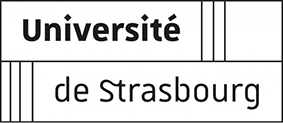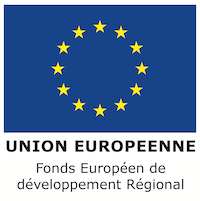Double-stranded (ds)RNA produced during plant virus replication is known to trigger host RNA silencing, which restricts virus replication by targeting the viral RNA genome for degradation or translational repression. To counteract against this host defense response, viruses encode a viral suppressor of RNA silencing (VSR). Recently, the team led by Manfred Heinlein at the IBMP in Strasbourg found that dsRNA activates antiviral defense also through a different mechanism known as pattern-triggered immunity (PTI). However, the mode of action of antiviral PTI, the underlying signaling and how viruses overcome this host defense response remained unknown.
In a new study published in the journal The Plant Cell, the Heinlein team in collaboration with the team of Libo Shan at the Texas A&M University at College Station (Texas, USA) discovered that dsRNA-induced immunity targets plasmodesmata (PD). By inducing the deposition of callose at PD, dsRNA-induced PTI reduces PD permeability, thus restricting virus movement. The team identified several PTI signaling components required for dsRNA-induced PD callose deposition and delineate a PTI pathway showing important differences to PTI pathways triggered by microbial elicitors. Moreover, viral movement proteins (MPs) are shown to suppress the dsRNA-induced callose deposition response at PD. These discoveries change current views on virus movement by indicating that MP facilitate the spread of infection by suppression of host immunity. It will now be important to identify the PTI dsRNA receptor and the mechanisms of PTI signaling and PTI suppression by MPs, and how dsRNA-induced PTI and RNA silencing are controlled during the spread of infection.















